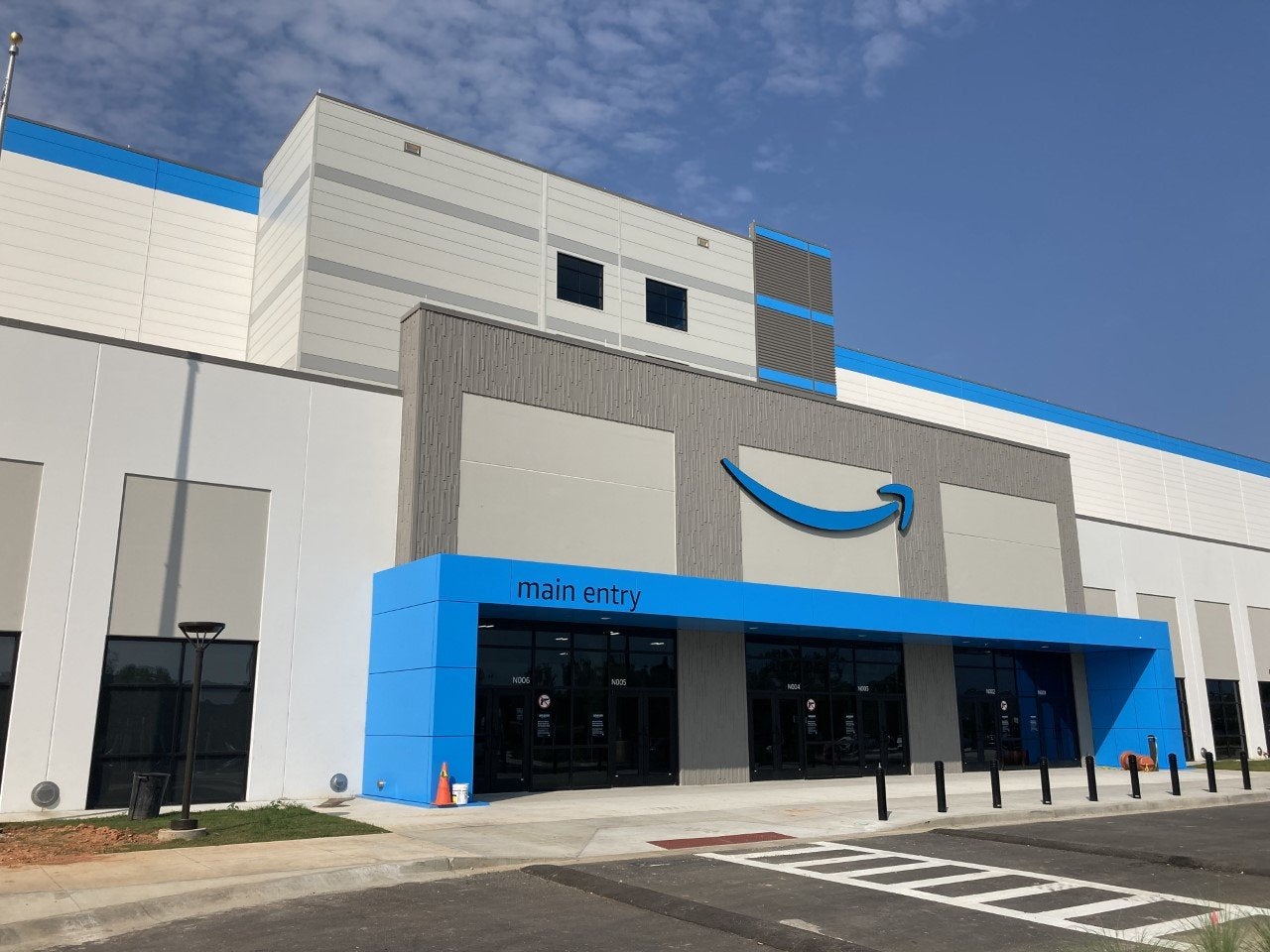For the past few weeks, many negative articles and columns have been written about known and perceived EV failures.
Brrr…F…F…from dead cars in harsh winter conditions, Hertz seeming to abandon the EV rental market, and even Tesla motors themselves losing over 25% of their stock price in the last 30 days, the EV seems to have hit it’s “dark ages.”
As sub-zero temperatures ravaged the Chicago area, news camera crews were at charging stations interviewing the frustrated owners, and those interviews made the headlines.
Full battery EV cars with lithium batteries do lose some effectiveness in the cold, and the heaters will also zap more power from the battery to keep occupants warm. Tesla advises their customers to always keep their cars charged above 20% as a cushion against cold weather.
It is also important to remember that the high voltage system in these vehicles is controlled by a conventional 12-volt battery that is prone to failure in the cold as well, just as with any conventional vehicle.
Unlike internal combustion vehicles that may give warnings like slow starting when the 12-volt battery fails, an EV will just seize up completely.
It takes some preparation on the part of the owner to maintain an EV when it gets either extremely hot or cold, and many newer EV owners may not have received that memo; that ignorance, combined with a few failed charging stations due to power outages, caused some drivers to wait for hours to charge their cars all while the cameras were rolling.
The second blow to EV public relations came from Hertz Rental Car, which has decided to drastically reduce their Tesla inventory by 25%, and that move caught the industry off guard.
When I heard that Hertz was starting a Tesla program, I had mixed feelings about it.
I thought it would be great for people to experience electric vehicles without diving headfirst into a purchase. I wondered what the consequences would be when the wear and tear started to add up, and now I have my answer.
Outside of using EVs as an option to their normal customer base, Hertz started long term leasing agreements with rideshare companies like Uber. If you are familiar with rideshare, you know that people who do it are constantly on the road, packing many more miles on a car that normal rentals do not see.
This adds more wear and tear, more chances for accidents, and high repair costs; a factor that Hertz did not fully understand at the start. While most EVs are economical to drive, they are nightmares financially to repair if damaged.
Electric vehicles are also fast on the foot and have a learning curve for new drivers, leading to more collisions for the inexperienced.
Front-end torque is not always a good thing if you do not know how to handle it.
The last straw for Hertz was the deep discounts that Tesla has applied to the Model 3 and Model Y cars, which made up a majority of the 20,000 cars Hertz has decided to eliminate. This dropped the bottom out of the preowned market for these cars, erasing millions of dollars of value for Hertz’s fleet.
There are some Hertz Teslas being sold for $14,000 right now, a number unheard of a year ago. Hertz plans to use the funds from EV sales to buy conventional internal combustion vehicles.
If all this wasn’t bad enough, Tesla reported missed earnings on their fourth quarter earnings report on Jan. 24, and the report dropped the stock price down 8% in minutes.
With warnings of “slow growth” expectations in 2024, Elon Musk sent shockwaves through the EV sector and related industries and Tesla did break a quarter delivery record, delivering 484,507 units and beating sales expectations, but not delivering a profit.
This is a trend that I see continuing through 2025.
With EV competition brewing in China, Musk also warned that without government protections, China has an edge over any domestic company producing EVs.
Musk also hinted at a new model release in late 2025 that will be under the $30,000 price point, and new manufacturing technology that will improve production speed and cost.
Time will tell what the EV market and demand will look like in late 2025. We will also have a presidential election before then that may change the dynamics of how EVs are subsidized and taxed.
Some pundits say news like this is the beginning to the end of an EV fad, while supporters are chalking this up to growing pains of new technology.
I believe the truth is probably in the middle, like it always is.
As for me, I will see you on the road!












